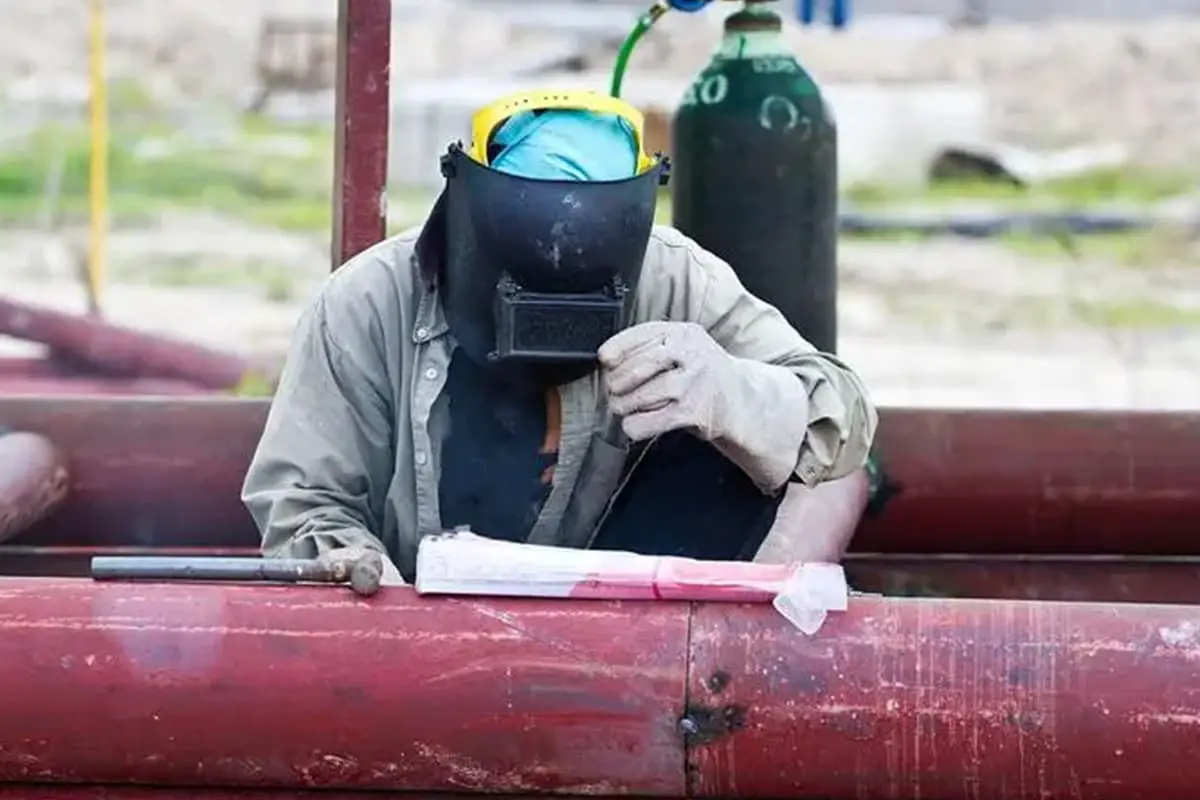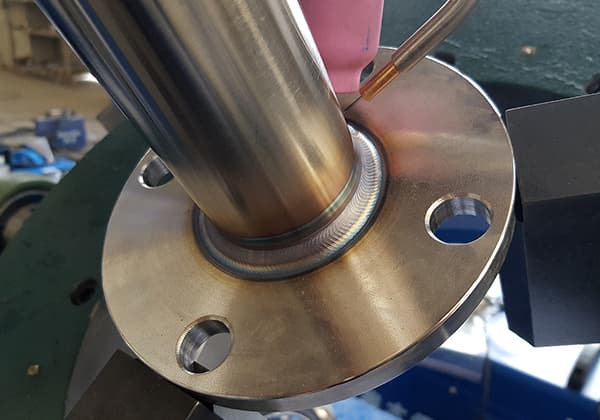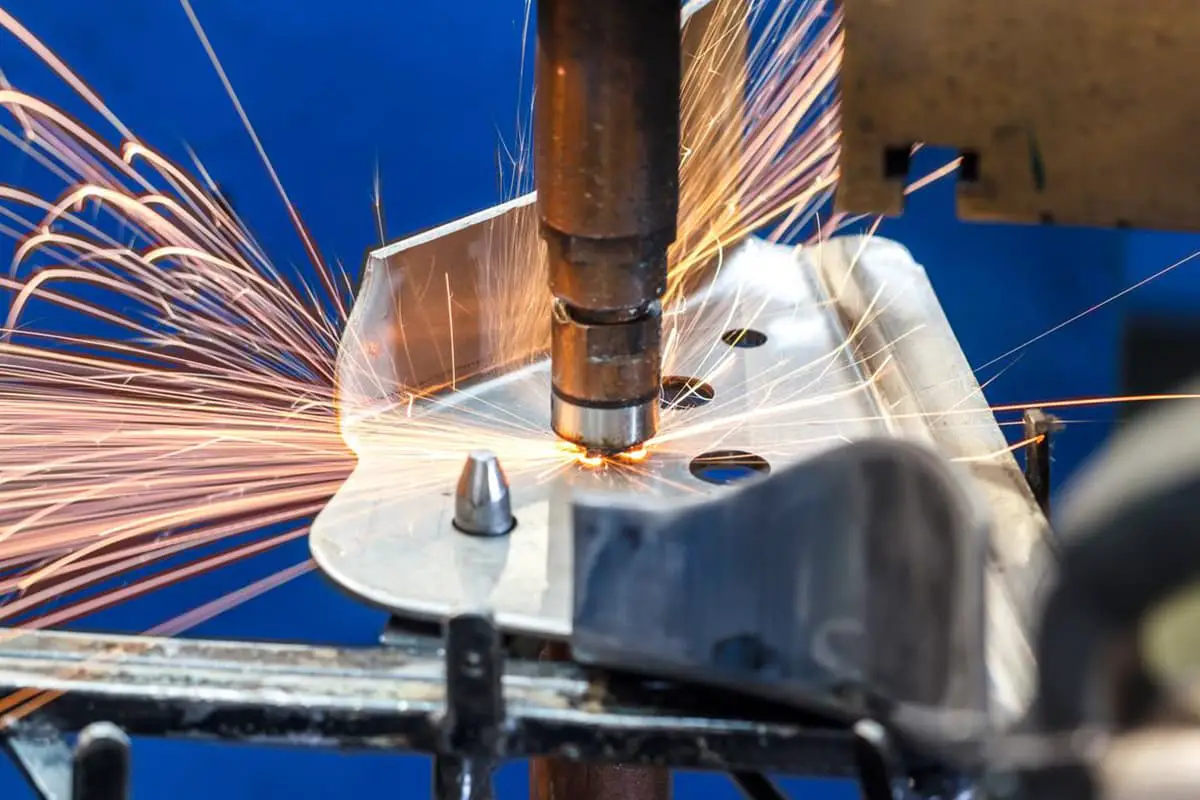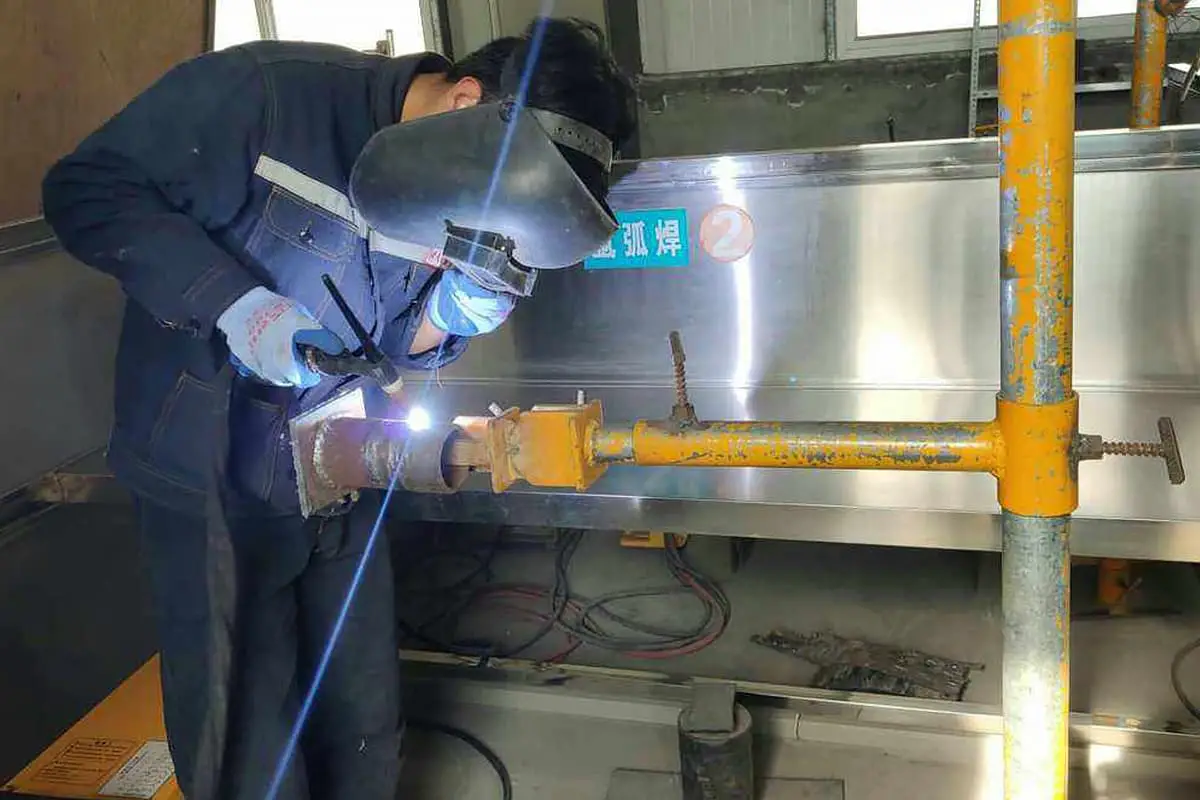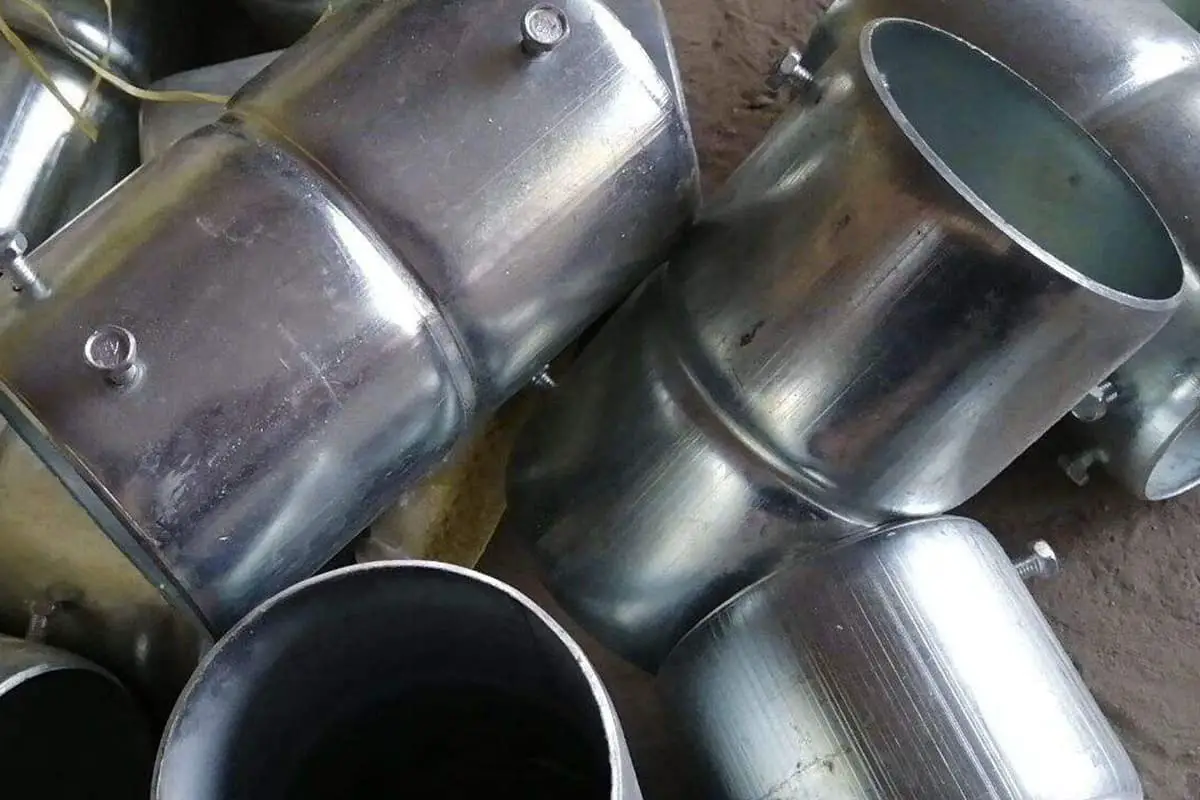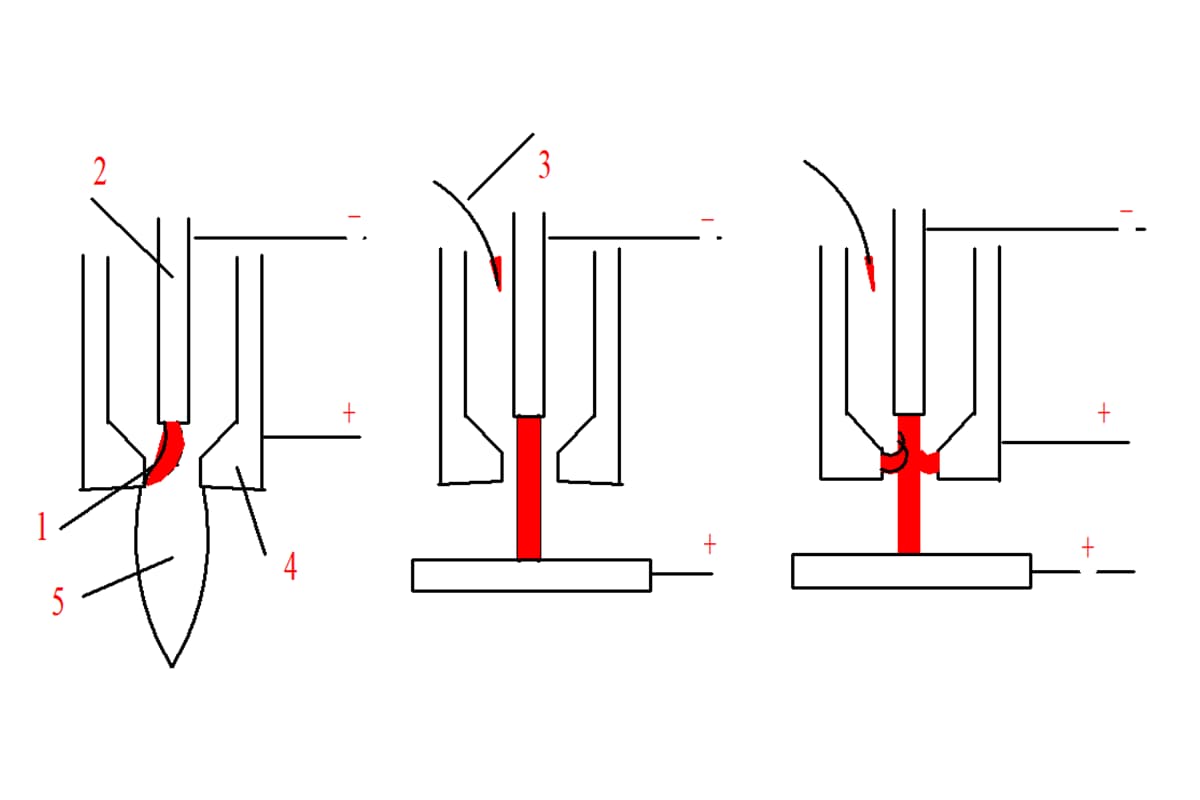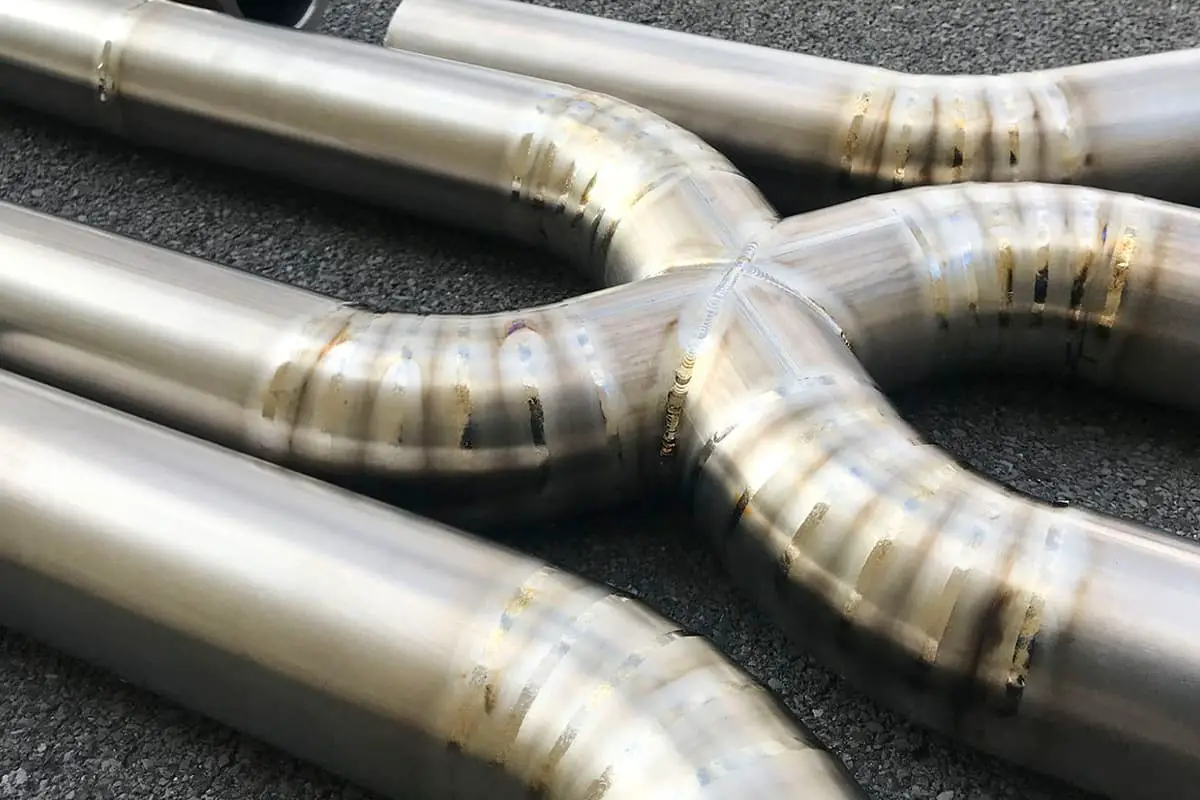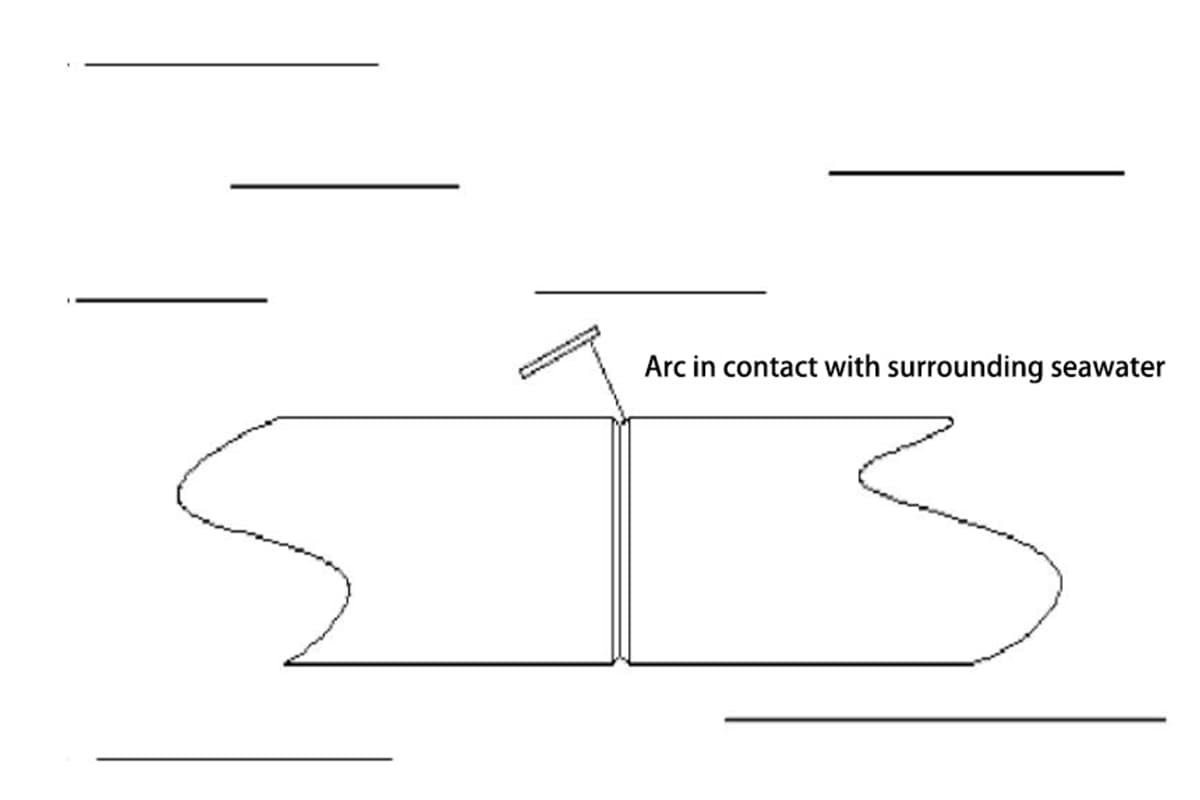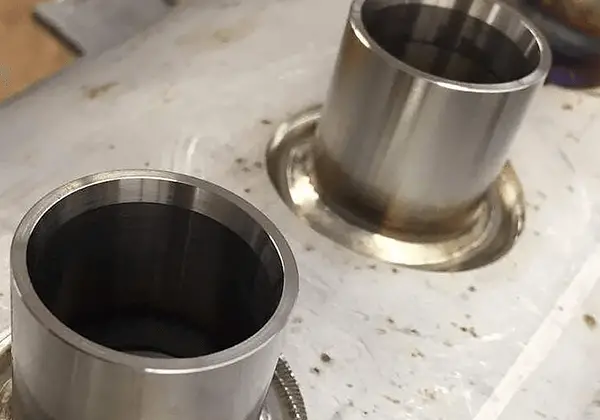
Why does welding titanium demand such precision and expertise? In this article, we’ll explore the unique challenges posed by titanium welding, such as its high chemical reactivity and sensitivity to impurities. Discover essential techniques and best practices to ensure strong, reliable welds, while learning how to avoid common pitfalls. Whether you’re a seasoned welder or new to working with titanium, this guide will equip you with valuable insights to enhance your skills and understanding of this remarkable material.
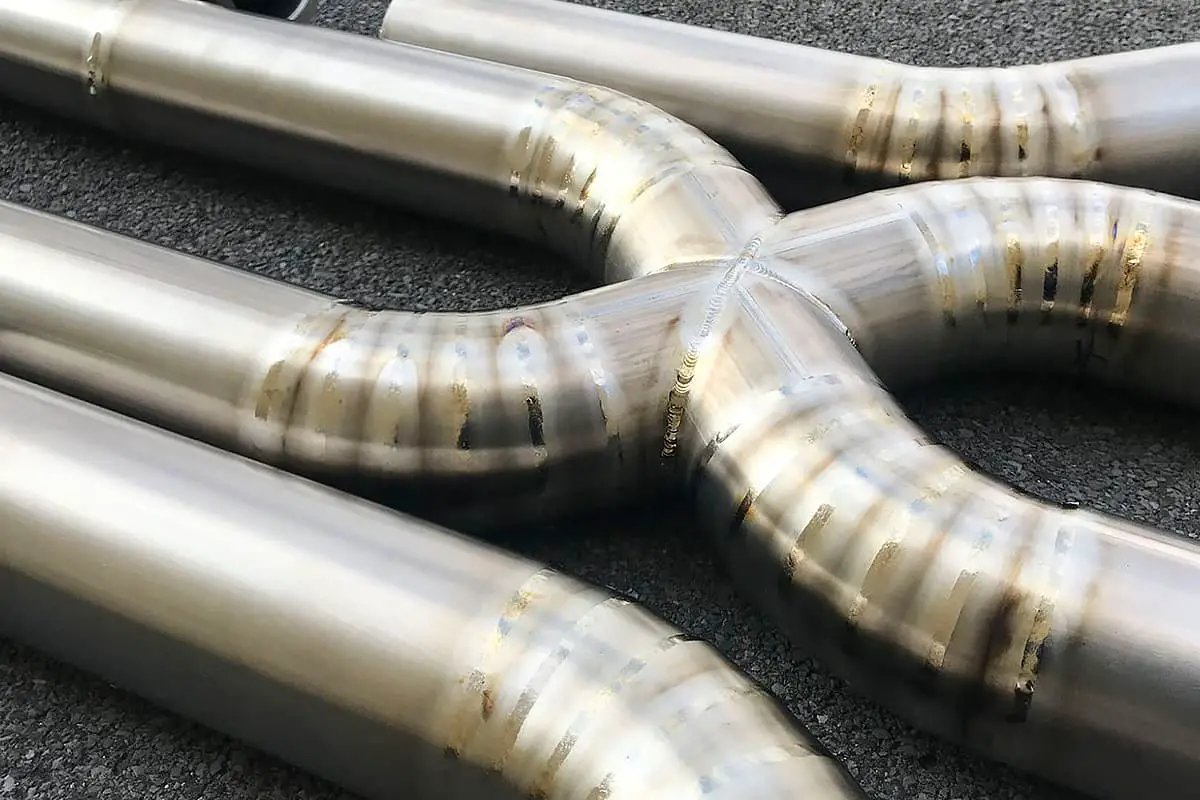
Titanium alloys have low density, high strength-to-weight ratio, good corrosion resistance, low thermal conductivity, non-toxicity, non-magnetism, and can be welded. They are widely used in aerospace, aviation, chemical, petroleum, power, medical, construction, and sports industries.

(1) Embrittlement caused by impurity contamination:
Due to the high chemical reactivity of titanium, the welding heat cycle can cause the weld pool, fusion zone metal above 350℃, and the heat-affected zone to react easily with hydrogen, oxygen, nitrogen, as well as contaminants such as oil, moisture, etc. present in the air or on the welding material and wire.
Titanium rapidly absorbs hydrogen above 300℃, oxygen above 600℃, and nitrogen above 700℃. When it contains a high amount of carbon, it can develop a brittle TiC network structure. These conditions significantly reduce the ductility and toughness of titanium and its alloys, resulting in a deterioration of the welded joint’s performance.
The color of the oxide film formed on the surface of titanium depends on the production temperature.
Below 200℃, it appears silver-white; at 300℃, it turns pale yellow; at 400℃, it becomes gold; at 500℃ and 600℃, it exhibits blue and purple colors, respectively; and from 700℃ to 900℃, it appears in various shades of gray.
The color of the oxide film can be used to determine the temperature of the unprotected area during the welding process.
(2) Performance degradation caused by phase transformation during welding:
There are two crystalline structures of titanium: above 882℃, it has a body-centered cubic lattice structure known as β-titanium, and below 882℃, it has a closely-packed hexagonal lattice structure called α-titanium. The titanium used for vessels contains very little β-stabilizing elements and is mostly α-iron alloys.
During welding at high temperatures, the weld and parts of the heat-affected zone transform into the β-crystalline structure, leading to a significant grain growth tendency.
Since titanium has a high melting point, large specific heat capacity, and low thermal conductivity, the dwell time at high temperatures during welding is approximately 3 to 4 times longer than that of steel.
This results in a wider high-temperature heat-affected zone, causing noticeable grain growth in the weld and the high-temperature heat-affected zone, leading to a significant decrease in ductility.
Therefore, when welding titanium, it is generally advisable to use lower welding heat input and faster cooling rates to reduce the dwell time at high temperatures, minimize the extent of grain growth, decrease the size of the high-temperature heat-affected zone, and mitigate the decrease in ductility.
(3) Inert gas shielding is required in the welding area:
At high temperatures, titanium has a strong affinity for oxygen in the air. Therefore, it is necessary to use inert gas shielding above 200℃ to prevent oxidation.
(4) Significant welding distortion:
The elastic modulus of titanium is only half that of carbon steel. Under the same welding stress, the welding distortion of titanium will be twice as large as that of carbon steel.
Therefore, when welding titanium, it is generally recommended to use backing plates and clamping plates to minimize welding distortion.
(5) Prone to porosity:
Porosity is a common defect in titanium welds. The pores formed during titanium welding are mainly hydrogen pores, but there can also be pores formed by CO gas.
(6) Potential for cracking:
Impurities such as sulfur, phosphorus, and carbon in titanium have a low melting point and a narrow solidification temperature range with titanium at grain boundaries.
As a result, the weld’s shrinkage during solidification is small, and thermal cracking in the weld is generally not produced. The cracks in titanium welds are typically hydrogen-induced cold cracks.
(7) Incompatibility with steel for fusion welding:
Iron dissolves in titanium at very low mass fractions, ranging from only 0.05% to 0.10%.
Therefore, titanium and steel cannot be directly fusion-welded.
The main welding methods used for titanium and titanium alloys are tungsten inert gas (TIG) welding, melting electrode inert gas (MIG) welding, and plasma arc welding.
Brazing can be used for welding sealed structures that do not bear a load. Explosion welding can also be employed for the composite welding of titanium and steel composite plates.
(1) Welding wire:
The selection of titanium and titanium alloy welding wire is generally based on matching it with the base material, but it should also pass the qualification of welding process evaluation.
When choosing welding wire, there is a challenge of finding a suitable match because the impurity content of the wire is only controlled within an upper limit. In most cases, there is no control over the lower limit.
Additionally, each batch of produced welding wire only ensures the chemical composition but not the mechanical properties after welding. There is a possibility that some production batches of welding wire may have unusually low impurity content, making them qualified products.
However, their weld strength may be lower, which may not meet the requirement of minimum tensile strength below the annealed state standard of the base material.
In such cases, it is necessary to switch to another production batch of the same brand of welding wire or even a higher-grade wire (such as industrial pure) to conduct a new process evaluation until it becomes qualified before finalizing the selection of the welding wire.
For welding wire and filler wire used in containers made of titanium and titanium alloys, the chemical composition (melting analysis) can be found in Table 4-29.
When conducting chemical composition retesting on finished welding wire and filler wire samples, the permissible deviations for analysis can be found in Table 4-30. The recommended types of welding wire and filler wire for commonly used titanium materials in containers can be found in Table 4-31.
Table 4-29 Chemical Composition (Melting Analysis) of Titanium and Titanium Alloy Welding Wire and Filler Wire for Containers.
| Wire Model | Chemical composition (mass fraction, %) | ||||||||||
| Main components | Impurity elements | Residual elements | |||||||||
| Ti | Mo | Ni | Pd | Fe | O | C | N | H. | Single | Total sum | |
| ERTAIELI | Rem. | – | – | – | ≤0.08 | 0.03~0.10 | ≤0.03 | ≤0.012 | ≤0.005 | ≤0.05 | ≤0.20 |
| ERTA2ELI | Rem. | – | – | – | ≤0.12 | 0.08~0.16 | ≤0.03 | ≤0.015 | ≤0.008 | ≤0.05 | ≤0.20 |
| ERTA3ELI | Rem. | – | – | – | ≤0.16 | 0.13~0.20 | ≤0.03 | ≤0.02 | ≤0.008 | ≤0.05 | ≤0.20 |
| ERTA4ELI | Rem. | – | – | – | ≤0.25 | 0.18~0.32 | ≤0.03 | ≤0.025 | ≤0.008 | ≤0.05 | ≤0.20 |
| ERTA9 | Rem. | – | – | 0.12-0.25 | ≤0.12 | 0.08~0.16 | ≤0.03 | ≤0.015 | ≤0.008 | ≤0.05 | ≤0.20 |
| ERTA10 | Rem. | 0.2-0.4 | 0.6-0.9 | – | ≤0.15 | 0.08~0.16 | ≤0.03 | ≤0.015 | ≤0.008 | ≤0.05 | ≤0.20 |
Table 4-30: Chemical Composition Analysis and Permissible Deviations of Finished Titanium and Titanium Alloy Welding Wires and Filler Wires
| Component Elements | Chemical Composition (Mass Fraction, %) | |||||||||||
| Mo | Ni | Pd | Fe | O | C | N | H | Individual residual element | ||||
| ≤0.20 | ≤0.30 | ≤0.10 | 0.10~0.15 | ≤0.25 | ||||||||
| Permissible Deviations | ±0.03 | ±0.03 | ±0.02 | +0.05 | +0.10 | +0.02 | ±0.02 | +0.03 | +0.01 | +0.01 | +0.002 | +0.02 |
Table 4-31: Recommended Wire and Filler Wire Models for Commonly Used Titanium Materials in Containers
| Titanium grade | Wire and filler wire models |
| TAI | ERTAIELI |
| TA2 | ERTA2ELI |
| TA3 | ERTA3ELI |
| TA4 | ERTA4ELI |
| TA9 | ERTA9 |
| TA10 | ERTA10 |
(2) Shielding Gas:
Argon gas is commonly used as the shielding gas for welding iron and titanium alloys. The purity of argon gas (volume fraction) should not be less than 99.99%.
The volume fractions of other gas components should be as follows: oxygen less than 0.002%, nitrogen less than 0.005%, hydrogen less than 0.002%, and moisture content less than 0.001 mg/L. The pressure in the gas cylinder should not be lower than 0.5 MPa.
When using, the air in the shielding gas system, such as gas hoses, welding torches, and welding masks, should be replaced with clean gas. Helium gas or argon-helium mixed gas can also be used as the shielding gas.
(3) Tungsten Electrode:
Commonly used tungsten electrodes are pure tungsten electrodes and ceriated tungsten electrodes. Ceriated tungsten electrodes contain cerium oxide as an impurity (mass fraction not exceeding 0.1%).
Ceriated tungsten electrodes have low electron emission work function, high chemical stability, high permissible current density, no radioactivity, and better performance than pure tungsten electrodes. They are widely used tungsten electrodes at present.
(1) Pre-Weld Cleaning:
Before welding titanium and its alloys, the surface should be carefully cleaned to remove oxides, nitrides, oil, moisture, etc. Acid pickling or grinding with a grinding wheel or sandpaper is commonly used.
For difficult-to-pickle parts such as longitudinal welds, corner welds of containers, and welding of tubes and plates in heat exchangers, the sides of the bevel can be ground with a grinding wheel or sandpaper, and care should be taken to clean the remaining sand and dust.
For welding wires, heads, expansion joints, and other parts that are not easy to grind, acid pickling should be performed before welding, followed by rinsing with clean water.
If pickling is not feasible, a hard alloy scraper can be used. After the above cleaning process, the welding area should be cleaned with solvents such as acetone or anhydrous alcohol before welding, and it should not be touched by hand to avoid recontamination. If recontamination occurs, it should be cleaned and washed again.
(2) Fabrication of Other Protective Devices in the Welding Zone:
When welding titanium and titanium alloys, the welding gun nozzle protects the molten pool, the welding mask protects the front of the welded joint during cooling, and the backing plate protects the back of the welded joint.
The welding gun used for titanium and titanium alloy welding is different from the one used for welding aluminum or stainless steel and commonly employs a large-diameter nozzle.
For manual welding, the nozzle diameter is typically 14-20mm, while for automatic welding, it is 16-22mm. The welding mask can protect the weld and the heat-affected zone above 400°C.
The shape and size of the welding mask should be determined based on factors such as the thickness of the workpiece, cooling method, welding current, and weld shape. The welding mask should move along with the welding gun over the welding zone.
Copper backing plates can be used on the backside of the weld to accelerate cooling and isolate the air. Protective gas can also be blown through the copper backing plate, or a welding mask can be applied on the backside of the weld, moving along with the welding process.

